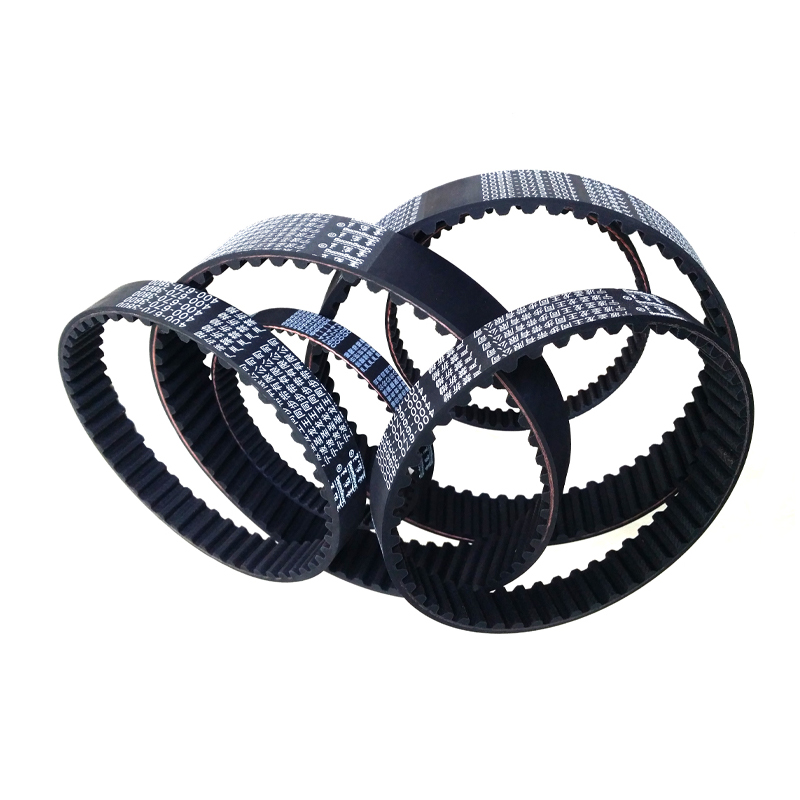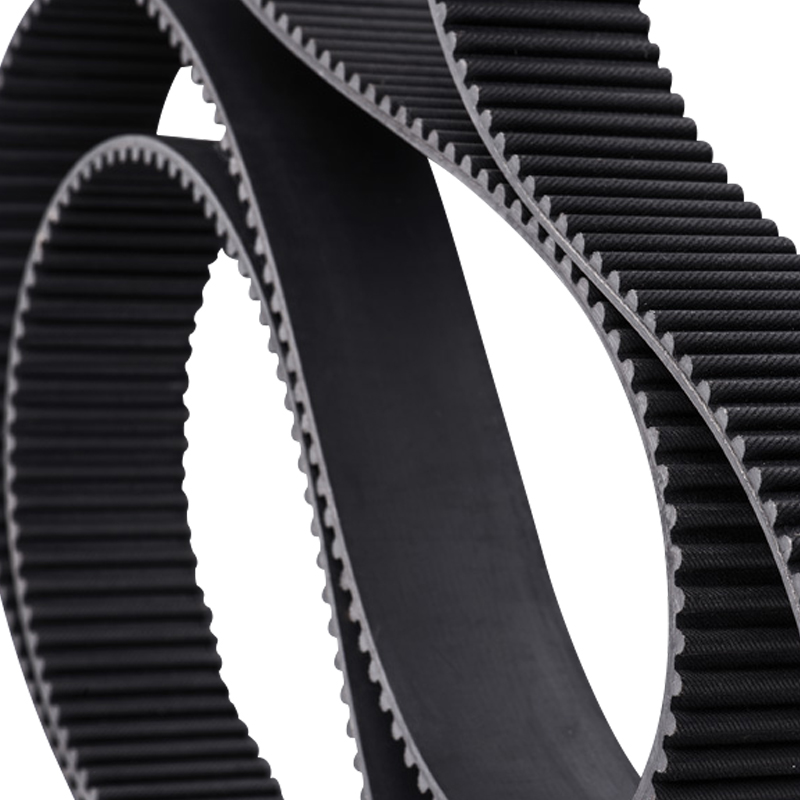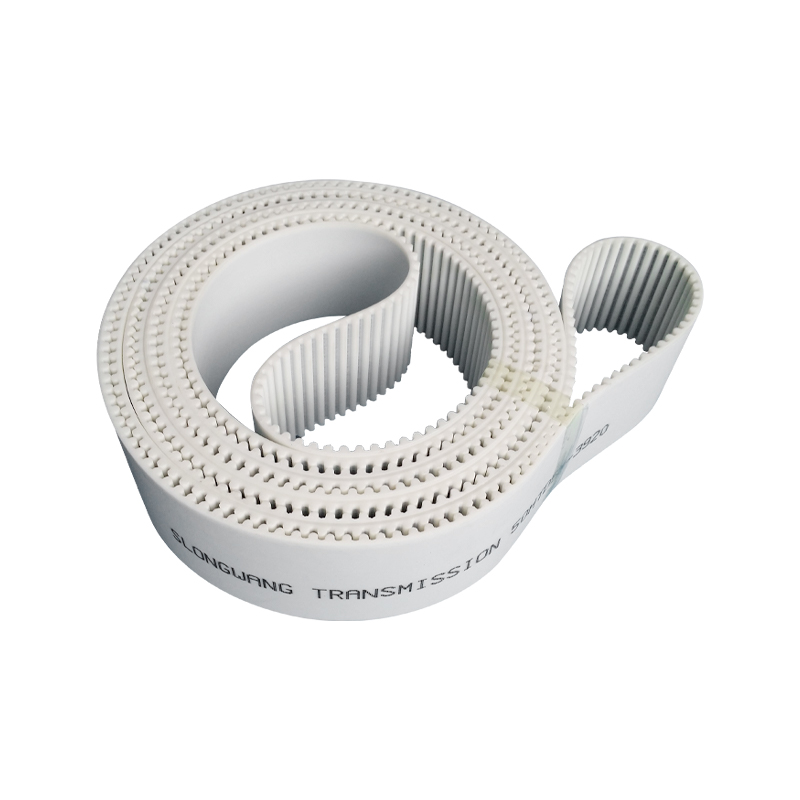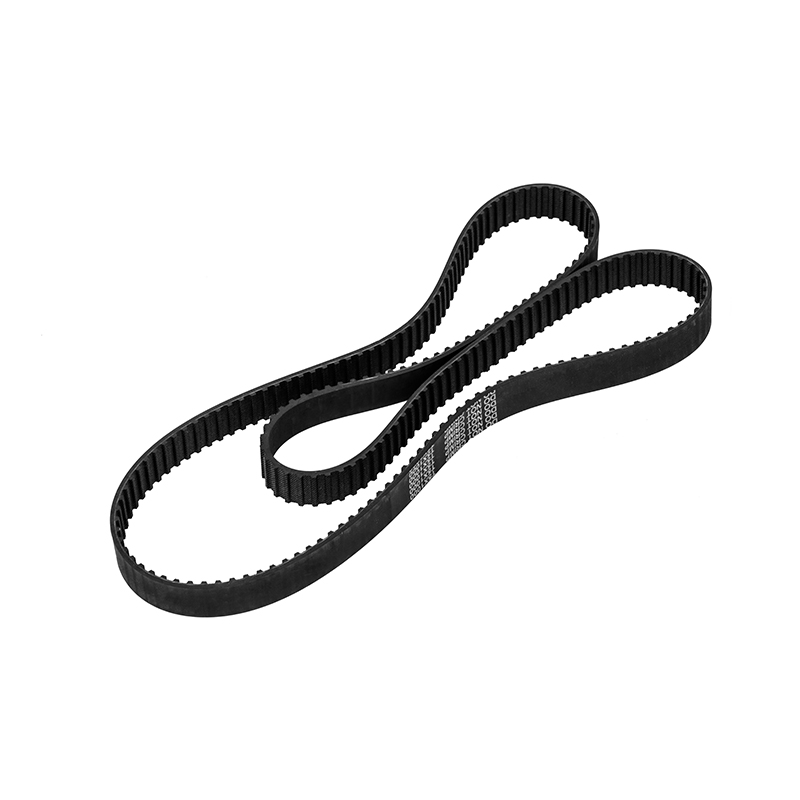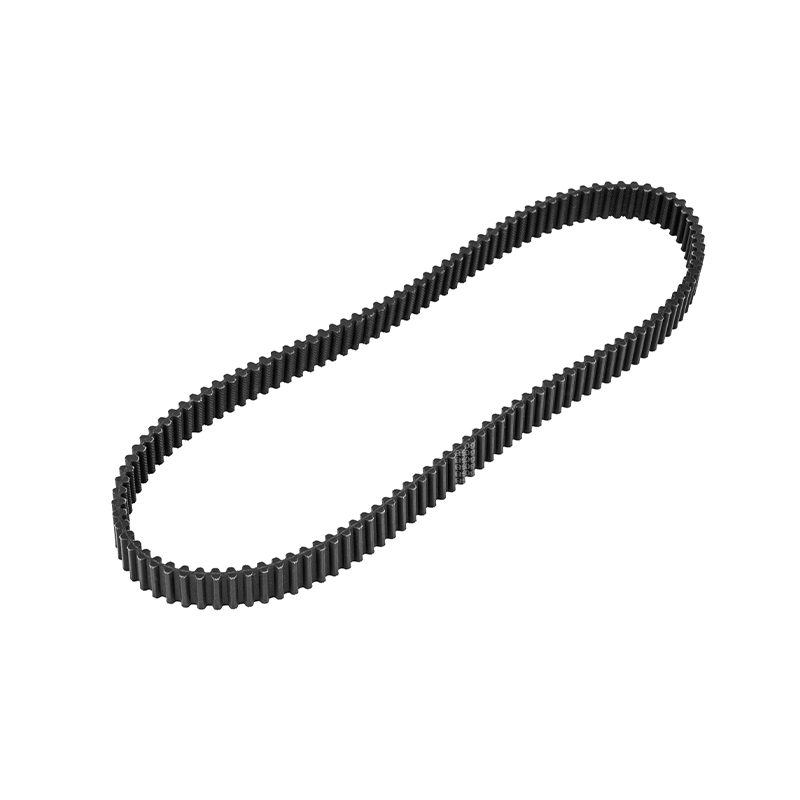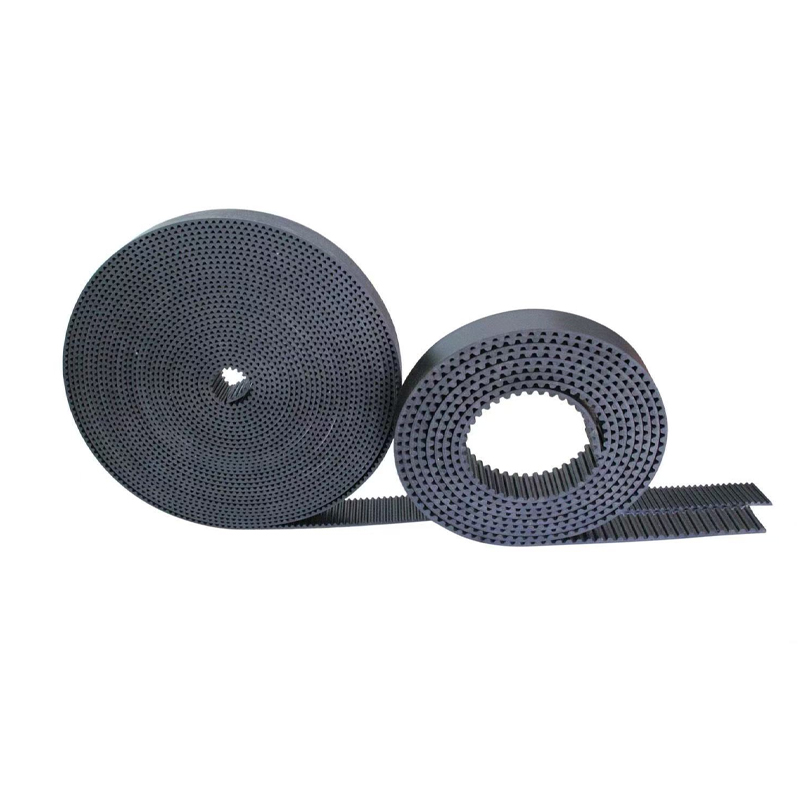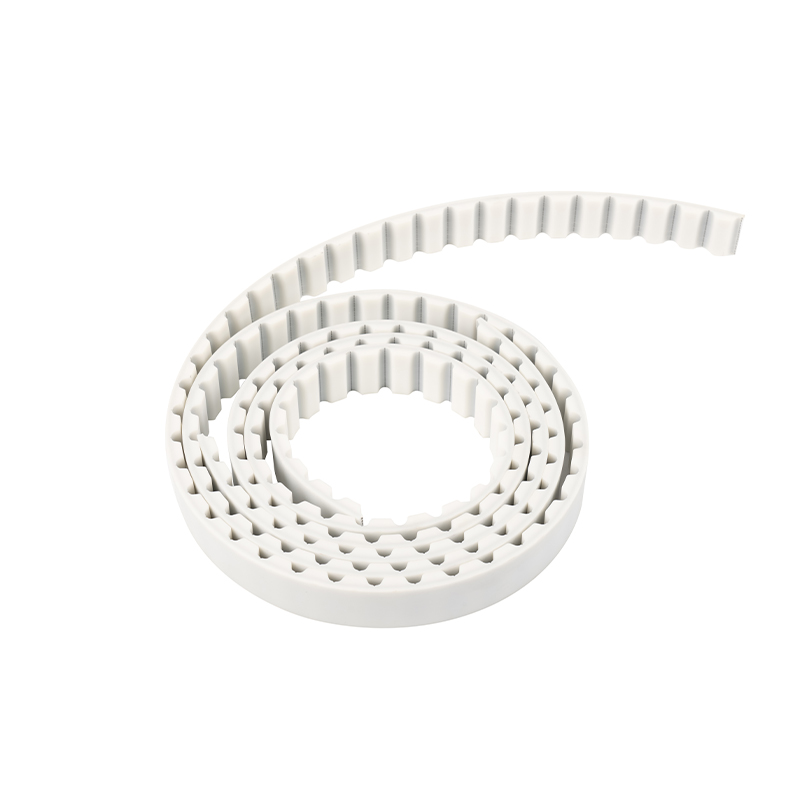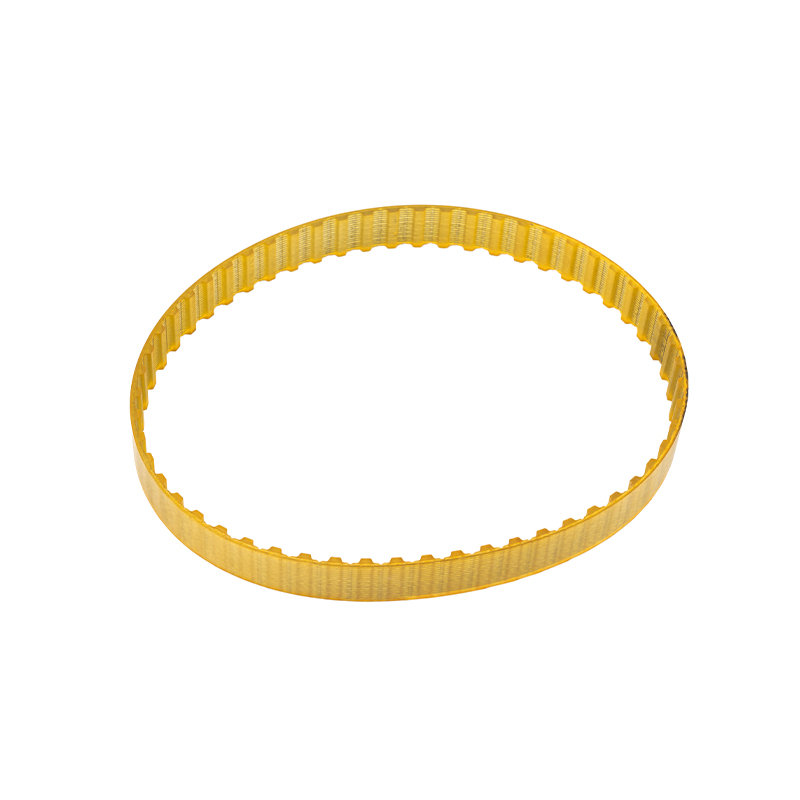Maintenance Tips for PU Opening Timing Belt: Key Methods to Extend Service Life
2025-07-16
Content
In modern industry, the stability of the transmission system is directly related to the efficiency and accuracy of the production line. The performance and durability of the timing belt, as a key component in the transmission system, are crucial to the long-term operation of mechanical equipment. In particular, the PU opening timing belt has become the first choice for many high-precision and high-load transmission systems with its excellent wear resistance, high temperature resistance and chemical corrosion resistance. However, although the physical properties of the PU opening timing belt are very superior, its service life may still be affected if it is not properly maintained. Therefore, how to reasonably maintain the PU opening timing belt to ensure its stable operation and extend its service life is an issue that every user needs to pay attention to.
What is a PU opening timing belt?
The PU opening timing belt is a high-performance transmission belt composed of PU material and reinforced fiber material. Compared with traditional rubber timing belts, PU opening timing belts have significant advantages in wear resistance, high temperature resistance, chemical resistance and load-bearing capacity, so they are widely used in automation equipment, robots, precision instruments and high-load transmission systems. Especially for those equipment that need long-term high load and stable operation, PU opening timing belt shows extremely high reliability. The performance and life of any mechanical component are closely related to its maintenance level. PU opening timing belt is no exception.
Maintenance tips for PU opening timing belt
In order to keep the PU opening timing belt running efficiently and extend its service life, regular maintenance and care are particularly important. Here are some key maintenance tips for PU opening timing belt:
Regularly check the tension and tightness
The tension and tightness of the PU opening timing belt are key factors to ensure the stable operation of the transmission system. A too tight timing belt will cause additional friction and equipment load, while a too loose timing belt may jump teeth and affect the transmission accuracy.
Check the tension: Use a tension meter to regularly check whether the tension of the timing belt meets the operating requirements of the equipment. Ensure that the tension of the timing belt remains within the specified range.
Adjust the tightness: According to the inspection results, adjust the tightness of the timing belt in time. If it is found to be too tight or too loose, it needs to be adjusted in time to ensure the best operation of the transmission system.
Keep clean and dustproof
During the operation of the PU opening timing belt, some dust, oil and other impurities will be absorbed. These impurities will aggravate the wear and even affect the meshing effect between the belt teeth and the gears, thus affecting the transmission efficiency. Therefore, keeping the timing belt clean is the basic requirement to extend its service life.
Regular cleaning: You can use tools such as soft brushes or air guns to regularly clean the dust and impurities on the surface of the timing belt. For oil stains, you can use mild detergents, but avoid using strong acid or strong alkaline detergents.
Dust prevention measures: You can reduce the entry of dust into the working area of the timing belt by adding dust covers or sealing devices to maintain a clean environment.
Avoid overloading
Although the PU opening timing belt has a high load capacity, overloading will cause excessive wear and even breakage of the timing belt. Overloading will not only affect the working performance of the timing belt, but may also damage other parts of the equipment, resulting in downtime and maintenance costs.
Reasonable load configuration: During design and selection, ensure that the PU opening timing belt can withstand the maximum load of the system and avoid long-term operation under overload.
Monitor load changes: Use a load monitoring system to avoid excessive impact of sudden load changes on the timing belt and ensure that it works within the load range.
Avoid excessive exposure to high temperature environments
Although the PU opening timing belt has good high temperature resistance, its high temperature tolerance range is limited. Working in a high temperature environment beyond its temperature resistance range for a long time will cause PU material aging and performance degradation, thereby shortening the service life of the timing belt.
Monitor temperature: Regularly check the temperature of the timing belt working environment to ensure that its temperature range is within the design requirements.
Install a cooling system: In a high temperature working environment, it is recommended to add a cooling system to help maintain the temperature of the equipment within the normal range and avoid damage to the PU opening timing belt due to excessive temperature.
Check the meshing of the gear and the timing belt
The meshing between the timing belt and the gear directly affects the transmission effect. If the gear surface is worn or irregular, it may cause poor meshing, increase the wear of the timing belt, and even affect the transmission accuracy. Therefore, check the meshing of the gear and the timing belt regularly to ensure that they are in good working condition.
Check gear wear: Check the gear tooth shape regularly to ensure that the gear surface is smooth, without cracks or wear. If signs of wear are found on the gear surface, it should be replaced or repaired in time.
Adjust meshing accuracy: Ensure the meshing accuracy between the timing belt and the gear to avoid transmission failure caused by poor meshing.
Proper lubrication
Although the PU opening timing belt itself has a certain degree of self-lubrication, in some working environments, additional lubrication can reduce friction, reduce wear, and improve transmission efficiency. Choosing the right lubricant or lubricant can help extend the service life of the timing belt.
Choose the right lubricant: Choose a lubricant designed for PU opening timing belts, and avoid using oils that are corrosive to PU materials.
Regular lubrication: Lubricate the timing belt regularly according to the use of the equipment, especially in high temperature or high load environments, to reduce friction and extend the life of the timing belt.
Importance of PU opening timing belt maintenance
The maintenance of PU opening timing belt is of vital importance to ensure the long-term and efficient operation of the equipment. Whether in robot manufacturing, automation equipment, or the transmission system of precision instruments, the timing belt, as a key component, directly affects the stability and production efficiency of the equipment. If the maintenance of PU opening timing belt is neglected, it may not only lead to transmission failure and equipment failure, but may even cause safety hazards. Therefore, reasonable maintenance measures can effectively extend the service life of the timing belt, reduce the maintenance frequency of equipment, reduce downtime, and improve overall production efficiency.


 English
English 中文简体
中文简体